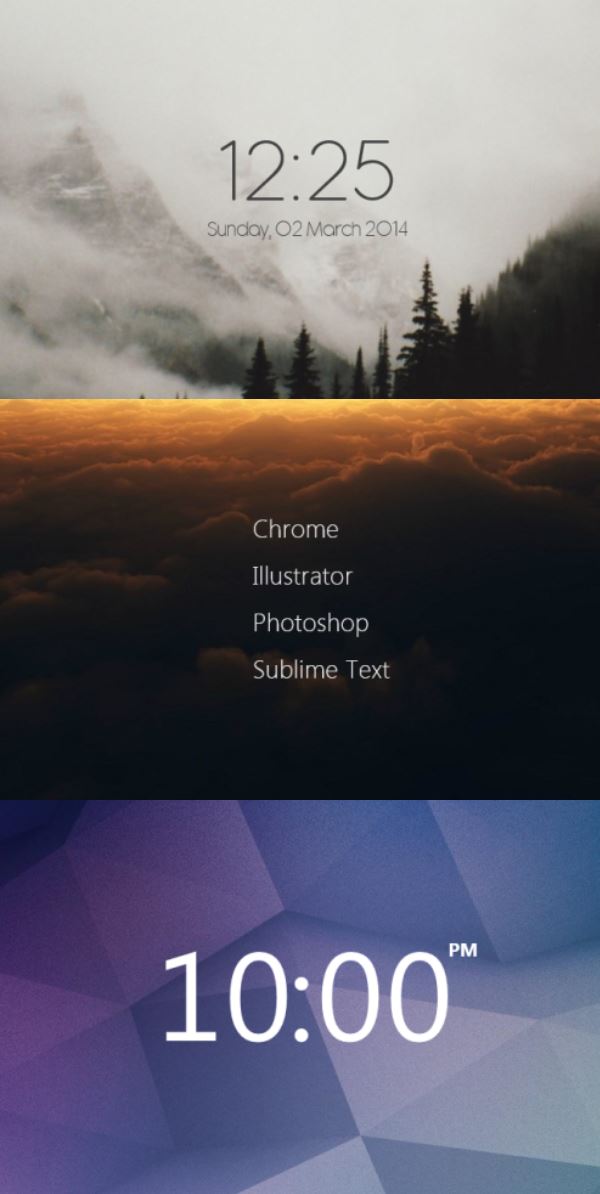Views :
1,123





3Dprinting (172) A.I. (664) animation (335) blender (194) colour (225) commercials (46) composition (150) cool (358) design (627) Featured (65) hardware (302) IOS (109) jokes (134) lighting (278) modeling (116) music (183) photogrammetry (171) photography (744) production (1233) python (84) quotes (485) reference (305) software (1319) trailers (295) ves (522) VR (219)
Author: pIXELsHAM.com
-
The Athletes’ quiet eye and see in slow motion
www.bbc.com/future/story/20180627-is-quiet-eye-the-secret-to-success-for-athletes
…the better the player the longer and steadier their gaze on the ball just before, and then during, their strike.
-
Augmented Reality (ARKit) portal – Demo with 360 video
https://augmentofy.com/shop?olsPage=products%2Faugmented-reality-portal-projectarkit
COLLECTIONS
| Featured AI
| Design And Composition
| Explore posts
POPULAR SEARCHES
unreal | pipeline | virtual production | free | learn | photoshop | 360 | macro | google | nvidia | resolution | open source | hdri | real-time | photography basics | nuke
FEATURED POSTS
-
Gamma correction
-
Advanced Computer Vision with Python OpenCV and Mediapipe
-
Principles of Animation with Alan Becker, Dermot OConnor and Shaun Keenan
-
Yann Lecun: Meta AI, Open Source, Limits of LLMs, AGI & the Future of AI | Lex Fridman Podcast #416
-
AnimationXpress.com interviews Daniele Tosti for TheCgCareer.com channel
-
Guide to Prompt Engineering
-
Photography basics: Color Temperature and White Balance
-
Types of AI Explained in a few Minutes
Social Links
DISCLAIMER – Links and images on this website may be protected by the respective owners’ copyright. All data submitted by users through this site shall be treated as freely available to share.



